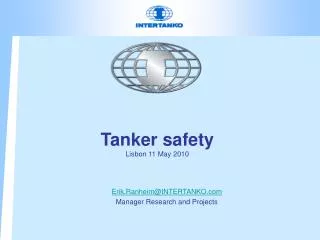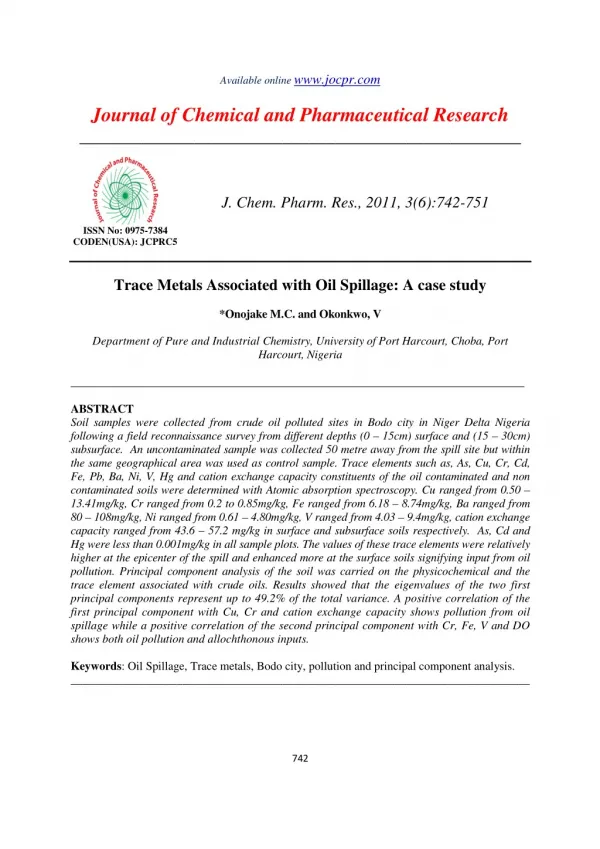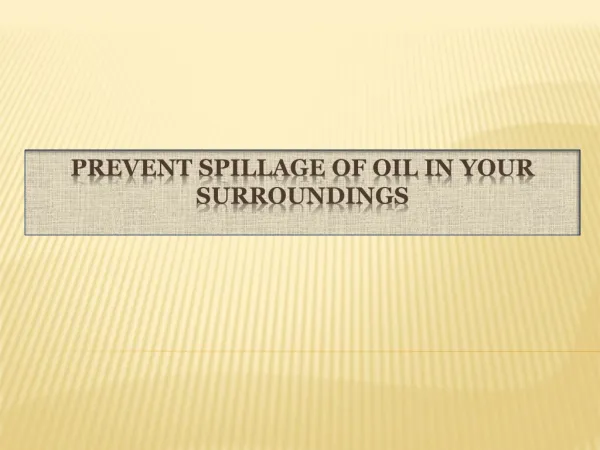Trace Metals Associated with Oil Spillage: A case study
Soil samples were collected from crude oil polluted sites in Bodo city in Niger Delta Nigeria following a field reconnaissance survey from different depths (0 – 15cm) surface and (15 – 30cm) subsurface. An uncontaminated sample was collected 50 metre away from the spill site but within the same geographical area was used as control sample. Trace elements such as, As, Cu, Cr, Cd, Fe, Pb, Ba, Ni, V, Hg and cation exchange capacity constituents of the oil contaminated and non contaminated soils were determined with Atomic absorption spectroscopy. Cu ranged from 0.50 – 13.41mg/kg, Cr ranged from 0.2 to 0.85mg/kg, Fe ranged from 6.18 – 8.74mg/kg, Ba ranged from 80 – 108mg/kg, Ni ranged from 0.61 – 4.80mg/kg, V ranged from 4.03 – 9.4mg/kg, cation exchange capacity ranged from 43.6 – 57.2 mg/kg in surface and subsurface soils respectively. As, Cd and Hg were less than 0.001mg/kg in all sample plots. The values of these trace elements were relatively higher at the epicenter of the spill and enhanced more at the surface soils signifying input from oil pollution. Principal component analysis of the soil was carried on the physicochemical and the trace element associated with crude oils. Results showed that the eigenvalues of the two first principal components represent up to 49.2% of the total variance. A positive correlation of the first principal component with Cu, Cr and cation exchange capacity shows pollution from oilspillage while a positive correlation of the second principal component with Cr, Fe, V and DOshows both oil pollution and allochthonous inputs.
★
★
★
★
★
123 views • 10 slides









